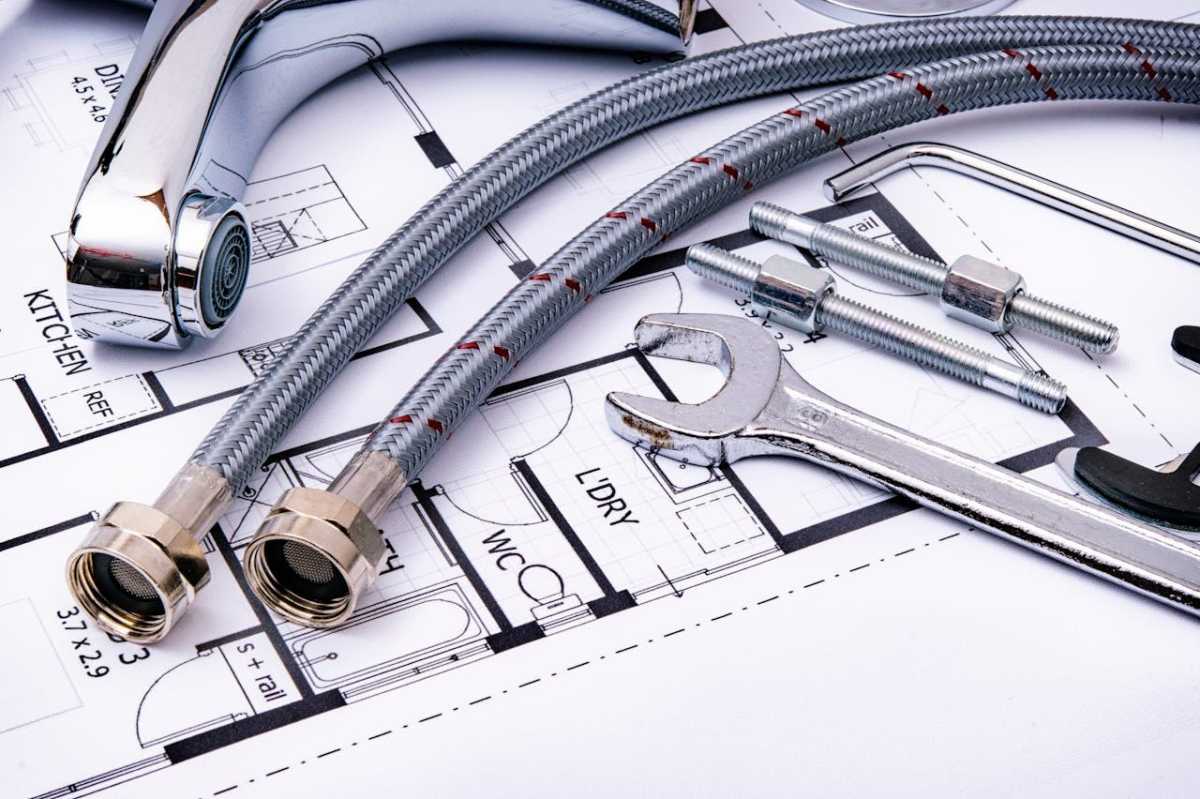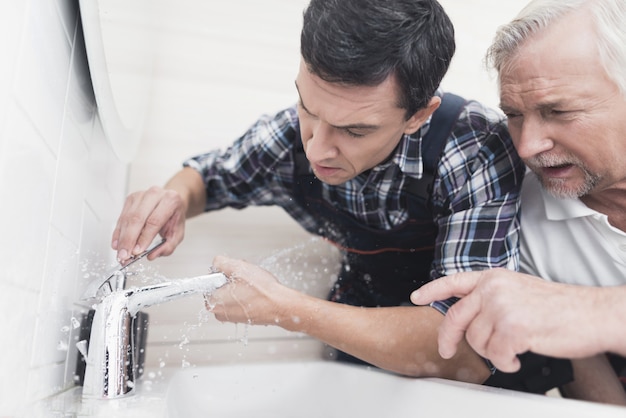Have you been looking for tips around Smart Plumbing Tips for New Homeowners?

For new property owners, understanding and preserving shower room pipes can conserve both money and time by stopping expensive problems down the line. Below are some crucial bathroom plumbing tips to help you maintain whatever running smoothly.
Familiarize Yourself with the Main Shut-Off Valve
Understanding where the primary water shut-off shutoff is located in your house is vital. This allows you to swiftly switch off the supply of water in case of significant leaks or throughout plumbing emergency situations, protecting against extensive water damages.
Consistently Evaluate for Leaks
Small leakages can bring about big problems. Routinely check under sinks, around commodes, and near pipes fixtures for any kind of indicators of leakages. Search for dampness, tiny drips, or corrosion. Catching and fixing leaks early can prevent extra significant damages and save water.
Do Not Ignore Slow Drains
If your sink or bathtub is draining pipes slowly, it's typically a sign of an obstruction forming. Resolving this early can prevent a full obstruction. Use a bettor or a plumbing professional's serpent to clean out debris. Stay clear of utilizing chemical drain cleansers as they can damage your pipes with time.
Know What Not to Flush
Bathrooms are not garbage disposals. Stay clear of flushing anything apart from toilet tissue and human waste. Things like wipes, womanly hygiene items, and cotton swabs must be gotten rid of in the trash to avoid clogs and sewage system backups.
Mount Strainers in Drains
Location filters in your sink and tub drains pipes to capture hair and other particles before they enter your pipes system. Cleaning the strainers regularly will aid stop build-up and keep water moving freely.
Keep Your Water Heater
Guarantee your water heater is set to an ideal temperature (normally about 120 levels Fahrenheit) to avoid scalding and lower energy use. Flush the storage tank every year to remove debris build-up, which can decrease the effectiveness and life-span of your heater.
Upgrade Your Fixtures
If your home has older fixtures, take into consideration upgrading to a lot more efficient designs. Modern commodes, showerheads, and taps are developed to utilize much less water while giving good stress, which can dramatically decrease your water expense and ecological footprint.
Be Cautious with Do It Yourself Plumbing Repairs
While it's tempting to handle all home repair work by yourself, be cautious with pipes. Some concerns could require professional experience, especially if they include primary water lines or sewage system repairs. Employing a professional can in some cases be a lot more cost-efficient than DIY, especially if it avoids additional damage.
Get Ready For Cold Weather
Secure your pipelines from cold throughout winter by protecting pipelines in unheated locations like cellars, attic rooms, and garages. During extreme chilly, let cold water drip from faucets offered by revealed pipelines to assist stop freezing.
Arrange Routine Maintenance
Consider organizing yearly assessments with a certified plumbing professional. They can detect problems that you may miss, such as hidden leakages or damage on pipelines and components. Normal upkeep assists extend the life of your plumbing system and can prevent emergency situations.
Conclusion
Recognizing and keeping your home's shower room plumbing can prevent many usual problems. By following these crucial ideas, you can ensure your bathroom continues to be practical and efficient, saving you money and time in the future.
Things to consider while plumbing your new bathroom
Underground pipes and stormwater drains
Once these have been successfully laid, your plumber will need to test the system to check for water tightness. After this, the area will be filled back with the excavated earth. Backfilling of plumbing works must be done with extreme care because debris or rocks that are backfilled into trenches must not cause any damage to the buried piping. A mixture of backfill needs to be used. For example, if lumpy clay is excavated, then the first 300-500 mm (millimetres) of backfill must consist of sandy, loose earth. On the contrary, if concrete needs to be paved at the top, then crushed and compacted earth should be used, especially when it comes to a deep excavation.
Pipes
Clean water enters the plumbing pipe from the primary water supply line. Unclean water is successfully pulled down by gravity to exit the system of pipes. Air blowing through all the vents ensures that the pipes stay clean and clear. This is a simple and self-sustaining setup that should survive the test of time, when done correctly.
Plumbing items and fixtures
If you are carrying out plumbing in a new house, you need to install plumbing items and fixtures before the completion of the house’s interiors. Showers, sinks, and tubs are easier to install when the doorways and walls have not yet been installed.
Sewer lines and septic tanks
Installing sewer lines and septic tanks is extremely challenging when it comes to a home’s plumbing system. Firstly, you need to know the septic tank’s size. This can be calculated by the total number of bedrooms in your house. The venting system of your septic tank must be flawless.
Placement and positioning of the main stack
The main stack is basically a pipe with a diameter of approximately 3-4 inches. It typically runs from your home’s basement to the terrace or roof. The lower section of the main stack is responsible for collecting wastewater from several other plumbing fixtures. The upper section is used for venting. While you are installing plumbing in your new house, you will need to find a spot where the main stack runs without interruptions.
Installing drains and vents
Drain and vent pipes are generally 1-1.5 inches in diameter. Pipes must slant at a quarter of an inch per foot to drain efficiently. Bends, where the pipes eventually join the main stack, must be smooth and not be angled sharply. Every plumbing fixture must have a trap beneath it, which will catch water and prevent obnoxious gases from gaining entry into your living quarters. Moreover, every fixture needs to be vented.
Waterproofing and final testing
Your plumber will most likely carry out waterproofing of retaining walls, lower rooms, and basements, where an underground sump is generally constructed to store water. Roofs, too, need specialised treatment, and plumbers need to take into account gutter overflows in regions that receive heavy rainfall.
After the complete plumbing has been installed in your new home, every single thing should be tested to ensure adequate functionality and immaculate efficiency. This includes all water supply sources, bathroom fixtures, and sewerage.
https://www.jswonehomes.com/blogs/Construction/things-to-consider-when-plumbing-your-new-bathroom

Call Today